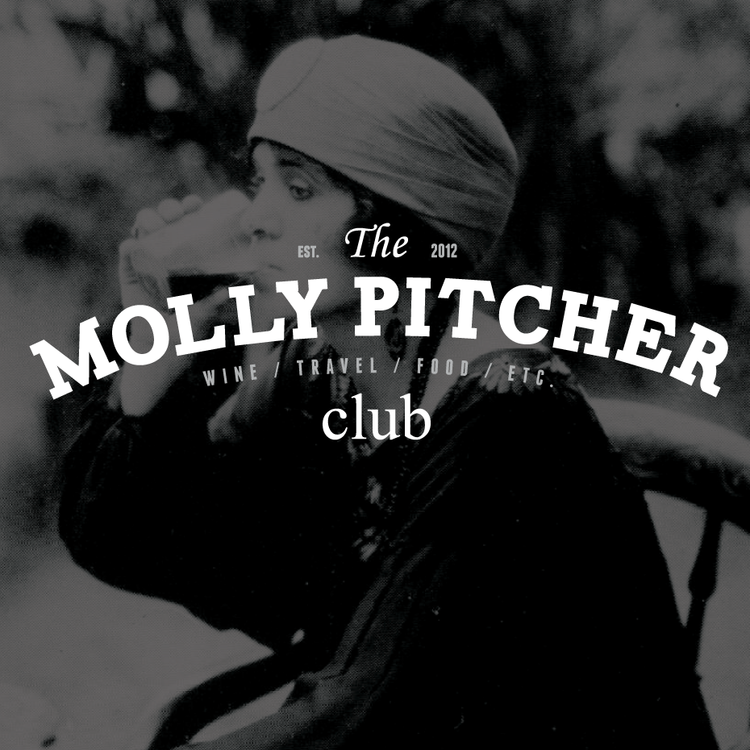Grape Tales: Rousanne
Dear fellow wine nerds, I have made a terrible discovery.
I think I finally found a grape that I do not like. Sure, it's really not a shocking discovery, nor particularly newsworthy but, it saddens mean nonetheless. Before this discovery, I prided myself as an "all-inclusive wine drinker," who loved all wines (well, except port/sherry, but I never counted them). Yet, my palette has proved me wrong. No worries I will still try anything once and keep trying to find a style of Rousanne that I enjoy.
Now, for those of you that are thinking, "what is Rousanne anyway?" Let me fill you in! Rousanne is the name of a grape. I first came in contact with it while making wine at home - it was used in a white blend. That is when I discovered that it is traditionally grown in the Rhone wine region of France and is typically blended with another white grape called Marsanne. (The names sound pretty, right?) You may also see Rousanne blended with several other grapes in the white wine styles made in Chateauneuf-de-Pape, a region of southern Rhone. At this point, it seemed Rousanne was used in some big names in France, so I was definitely interested to try it on its own.
According to my usual wine references, Rousanne is a interesting grape. The grape skins are not clearly white or red, but a reddish brown color. It is known for its herbal tea aroma. When grown in warm regions, it can e full-bodied with rich honey flavors. When brown in cooler regions, it can have a lighter-body and higher acidity. Most commentaries suggest that the flavor mimics it's herbal aroma. Luckily, I had the opportunity to tasted a wine that featured Rousanne at my Benchmark Wine Tasting event back in January. Unluckily, however, the wine was corked. So when I saw a bottle in the store, I eagerly grabbed it once and for all to confirm he typically flavors of Rousanne - like I said above the results were mostly negative.
SABON ESTATE ROUSANNE 2012.
Where it's from. Amador County, California.
My Thougts. This wine did not taste good. But I am not sure it was undrinkable or corked -- it smelled nice. It had a strong aroma of smooth butterscotch, plus it just smelled heavy, no citrus or minerality. But it just tasted oily, maybe even like petroleum -- which may be how it is supposed to taste -- but it just wasn't for me. (I couldn't even finish the glass). I would be interested in hear if someone had a Rousanne and thought something different. Overall, I was not a fan.
Until next time, Cheers!





